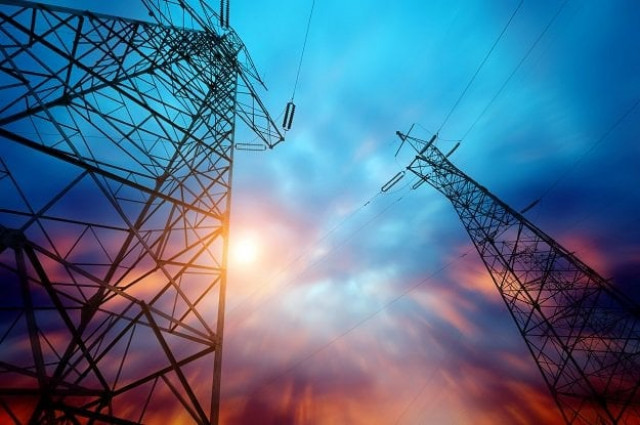Utilize power plants fully, IMF advises
Lender proposes lowering power tariffs strategy

The International Monetary Fund (IMF) has proposed measures to lower the power tariff for various consumer categories, suggesting an enhancement of the energy mix and a reduction in capacity charges by fully utilizing new power plants.
Sources within the Ministry of Finance revealed that the IMF has advised the government to operate new power plants at their maximum capacity to address the country's energy requirements effectively.
Consumers currently bear an annual burden of around Rs2 trillion due to capacity charges resulting from the underutilization of new power plants.
The IMF underscores the necessity of decreasing capacity charges to lower industrial tariffs. Utilizing power plants at full capacity by incorporating alternative fuels could potentially slash capacity charges in electricity prices by Rs13 to Rs16 per unit.
The IMF specifically recommends the operation of 5,000-megawatt gas power plants fueled by indigenous gas, which could generate electricity at a significantly cheaper rate of Rs10 to Rs14 per unit compared to LNG. Ensuring uninterrupted power supply to all industrial zones is a critical aspect of the IMF's proposal.
The term "energy mix" denotes the blend of various energy sources utilized by a country or region to generate electricity. This mix typically includes renewable sources like solar, wind, hydroelectric, and biomass, alongside non-renewable sources such as coal, natural gas, and nuclear power.
Managing the energy mix aims to strike a balance between energy security, affordability, and environmental sustainability.
Capacity charges, also known as capacity payments or tariffs, refer to fees paid to power generators or suppliers for their capability to deliver a certain amount of electricity to the grid, regardless of actual usage.
These charges are essential for ensuring electricity availability during peak demand periods or supply shortages, covering fixed costs associated with power generation infrastructure like power plants and transmission lines.
Capacity charges are often structured as payments per kilowatt of installed capacity and are separate from charges based on actual electricity consumption.



















COMMENTS
Comments are moderated and generally will be posted if they are on-topic and not abusive.
For more information, please see our Comments FAQ